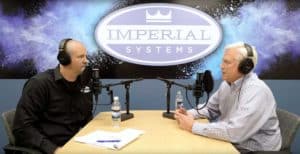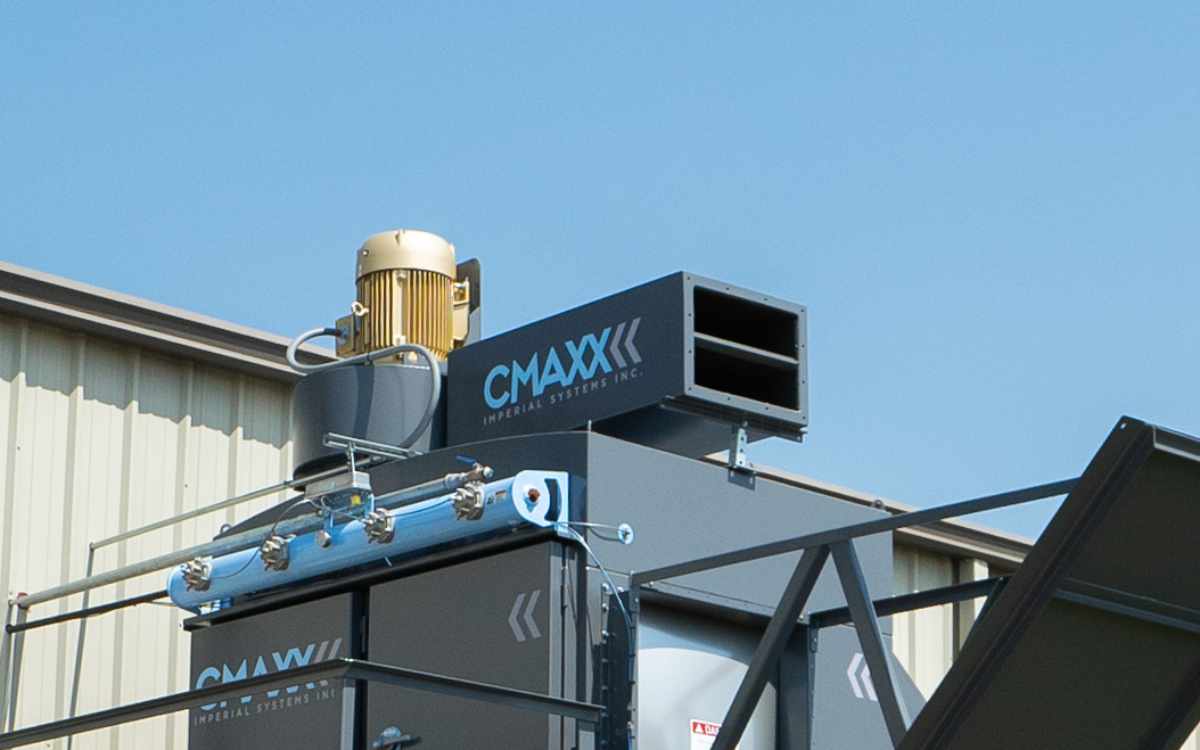Dust hazards in the workplace continue to draw attention. NFPA Standard 652 on Combustible Dust has set a deadline of September 2020 to complete a dust hazard analysis. What is a DHA, though, and how do you do one?
Here at Imperial Systems, we were lucky enough to interview Bob Korn, a veteran process safety professional from DEKRA Process Safety. After doing many dust hazard analyses (and lots of other safety assessments), Bob broke down the process of how to do a DHA that will meet all your NFPA 652 standards.
 Dust Hazard Analysis from a Pro
Dust Hazard Analysis from a Pro
Bob has been in the field of industrial safety and protection for more than twenty years. He joined us for a podcast to clear up some of the mysteries about doing a dust hazard analysis.
Bob explains that there are three parts to a full dust hazard analysis. First, you need to know the characteristics of your dust. Does this mean you need to have your dust tested? Sometimes your industry has data that you can use in place of a test. The only problem is that this data needs to be on exactly the same dust as you have.
If you need a dust test, many companies can help you get one. They’ll give you a report that gives you information about how to handle your dust. You’ll need this report to be able to conduct a dust hazard analysis, and you’ll need to keep it available.
After you’ve had your dust tested, it’s time for the dust hazard analysis. Bob and DEKRA have a lot of experience providing many types of process safety analysis, so we asked him to walk us through the steps.
Dust Hazards and Finding Safety Risks
Testing your dust won’t be helpful if you just file the data away. You need this information to conduct your DHA. Bob and his colleagues conduct process safety analyses as a career, and Bob was kind enough to walk us through the steps.
Bob explains that there are four main areas of concern they focus on first.
- Is the dust combustible?
- Is the dust small enough to cause a deflagration?
- Can enough dust loft into the air to cause ignition?
- Are there likely ignition sources?
Bob also discusses how you can’t just look at what he calls “standard operating conditions” or “upset conditions”. Many companies only look at standard operating conditions, when everything is working normally. Bob says you need to consider the upset conditions when something goes wrong.
For example, you may think your dust hazard analysis has located and controlled the obvious ignition sources. However, if something goes wrong, you might have a brand-new ignition source. Bob asks “What happens if this belt comes off or this pulley gets stuck, or this sensor doesn’t work, and you know, what are the potential risks to associate with that?”.
Many combustible dust accidents happen when equipment wears out, a process changes or someone does something they normally don’t do (like hot work in a dangerous area). The infamous Imperial Sugar explosion, for example, happened because of an equipment change. Despite all the combustible dust, the explosion was ignited by a minor equipment change on a conveyor belt under the silos. A professional safety process analyst will look for processes that have the potential for failure or a dust explosion.
Conducting a Dust Hazard Analysis the Professional Way
Bob explains that after the dust testing, the process safety professional will plan a walkthrough of the facility. Several members of the company’s team can be valuable in this process.
Bob says, “You typically have an EHS person, one of their safety people. You want an operations person, someone that’s familiar with each of the unit operations that you’re going to be looking at. Maintenance people are very useful in the dust hazard analysis. They’re the people who really know the ins and outs of the facility.”
The team will walk through the entire building, looking at each process and each machine. The team also checks for fugitive dust or accumulations of dust. These housekeeping issues can be the cause of serious combustible dust accidents.
After the walkthrough and assessment, Bob explains the report that his company puts together for the client. If not using a company like DEKRA, a facility will need to put together a report themselves.
“They’ll prepare a report that certainly documents their observations and their findings,” Bob explains. “The team identifies the gaps in the safety measures that are existing, or just missing completely. And then make recommendations to close those gaps. We will then risk-rank those recommendations from high, medium to low.”
This rating allows companies to prioritize situations they need to deal with. Some lower-priority issues need to be addressed, but the health and safety risks could be much greater if a high priority issue slipped through the cracks.
Bob also notes that sometimes an issue is so severe that they will recommend the company stop the process or machine immediately until the problem is fixed.
What To Do After the Analysis
Once you’ve received this report or completed it yourself, the next step is to start addressing any problems that were found. Even if you can’t fix all of them right away, at least you can document the efforts you’re making to take care of them.
The high, medium and low priority ratings that Bob and his colleagues assign help companies spread out the money and resources where they’re needed most.
Bob also notes that employees at the company may not have a full understanding of combustible dust hazards, or their other process hazards. As an essential safety tool, training can prevent issues from continuing.
“Depending upon the client need we offer either onsite training from simple one-hour overviews to webinar training,” Bob says. “We also include workshops in those training that we can tailor to similar operations that that client might have on their site.”
Your Authority Having Jurisdiction (AHJ) is the authority in charge of NFPA compliance at your facility. If they come by after the September deadline for DHA completion, you’ll be able to show them you’ve taken all the important steps:
- Had your dust tested
- Conducted a dust hazard/process hazard analysis
- Addressing or have a plan to address problems
- Trained your employees to recognize and handle problems
- Have all of your documentation of this in order
If you’ve followed all these steps, you have followed the major steps toward keeping your facility safer from combustible dust and other safety issues.


